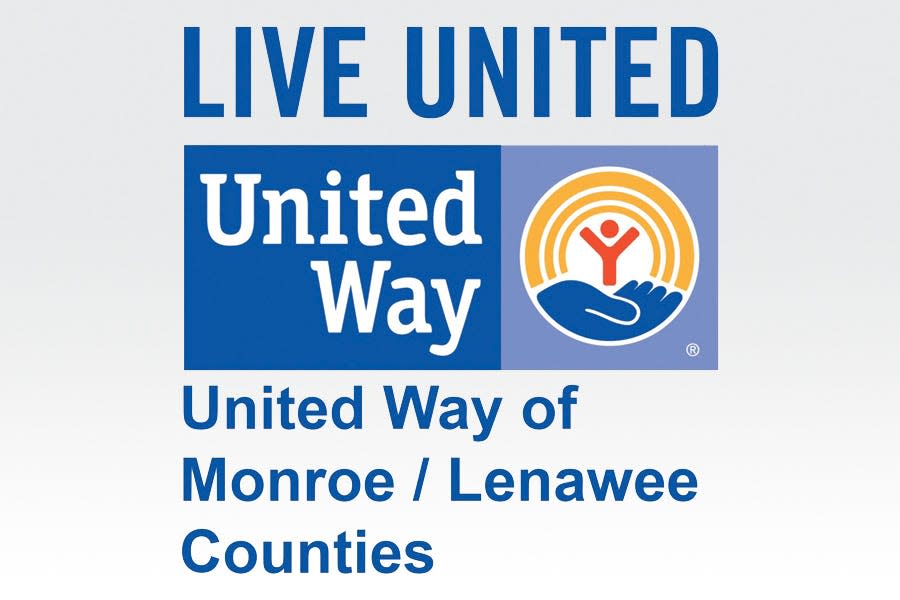United Way: Latest ALICE data shows financial hardships for children

It’s been more than one year since I’ve written about our ALICE households.
As you may recall, ALICE households — Asset Limited, Income Constrained, Employed — are those households, although employed, that are not able to make ends meet. They do not earn enough to afford the essentials of housing, child care, food, transportation, health care, a smartphone plan and taxes. These basics are needed to live and work in a modern economy, but ALICE families struggle to survive.
Using ALICE data, the United Way just released new “ALICE in Focus: Children” research highlighting children in financial hardship, including ALICE households. The research points out that the number of children growing up in financial hardship in the United States has been systematically undercounted. For decades, policymakers and community stakeholders have relied almost exclusively on the Federal Poverty Level (FPL) to understand the extent of financial hardships in their communities.
According to the FPL, 16% of U.S. children — 12 million — lived in poverty in 2019. United for ALICE data shows another 33% — 24 million — were also growing up in financial hardship, in working households earning above FPL but not enough to afford the basics as mentioned above. This means that 36 million children in the U.S., or 49% of all children, lived in a household with income below the ALICE Threshold of Financial Survival in 2019.
In Michigan, the numbers are 17% (FPL) and 27% (ALICE), totaling 44% of 2,134,523 children are below the ALICE Threshold of Financial Survival.
Who are the children, under age 18, below the ALICE threshold that also includes FPL? In 2019, 17% were infants, 0-2 years; 12% were preschool age, 3-4 years; and 70% were school age, 5-17 years. These children are from all demographic groups and include children born in the U.S. and abroad, of all abilities and races/ethnicities, living with parents or guardians who are married or single, working or not. They live in rural, urban and suburban areas.
In 2019, the largest number of children below the ALICE threshold were found in the largest racial/ethnic populations. Children below the threshold were predominately white, 13 million; Hispanic, 12.6 million; and Black, 7 million. Yet, Black and Hispanic children are disproportionately ALICE and are limited in their families’ access to resources and opportunities for financial stability.
In 2019, 70% of Black, 68% of Hispanic and 62% of Native American children lived in households below the ALICE threshold compared to 39% of Asian and 36% of white children.
There were additional key findings in the “ALICE in Focus: Children” research brief. Having working parents does not guarantee financial stability: 28% of children in households with two adults in the labor force were still below the ALICE threshold. In households with one of two adults working, the rate increased to 61%. Children living in a household with a single working parent or guardian were even more likely to be below the threshold at 73%. Children below the ALICE threshold are concentrated in families where adults work in occupations with low median hourly wages. These occupations include cashier, 79% below threshold; delivery/sales drivers, 55%; and retail salespersons, 53%. Even children with an adult working in higher wage jobs such as registered nurse, 19%, and elementary school teacher, 22%, could be in ALICE households.
Financial stability is one of three focus areas for the United Way — health and education are the other two. This latest “ALICE in Focus: Children” research demonstrates just how important financial stability is for children.
ALICE households are much more likely to lack stable housing, quality child-care/early education, private health insurance, and home internet access. Yet ALICE families still earn too much to be eligible for public assistance and still struggle to meet basic needs for their children. There is additional analysis provided in this latest research looking further at the impact of this lack of basic resources on children and how the pandemic has exasperated financial uncertainties for children under the ALICE threshold. Stay tuned for more data from this important research.
For more information on the “ALICE in Focus: Children” research, go to www.UnitedforALICE.org. You can find the “ALICE Children Data Dashboard.” The ALICE in Focus series utilizes ALICE measures — the Household Survival Budget and ALICE Threshold — to analyze the U.S. Census Bureau’s American Community Survey Public Use Microdata Samples.
United Way funds 12 local Lenawee County agency programs and serves as a donor designation vehicle for 30-plus additional agencies. We also sponsor countywide 211 services, and coordinate Project Ramp, two annual Health Check events, the Emergency Food and Shelter Program (EFSP) and Day of Action programs and services.
All funds raised in Lenawee County stay in Lenawee County.
For more information about giving and living united, please contact us. Call us at 517-264-6821, call for an appointment at our Adrian office at 136 E. Maumee St., Suite 15, Adrian, MI 49221, or visit our website at www.unitedwaymlc.org. You can email us at lpipis@unitedwaymlc.org.
Laura Schultz Pipis is the associate director of the United Way of Monroe/Lenawee Counties.
This article originally appeared on The Daily Telegram: Laura Schultz-Pipis: ALICE data shows financial hardships for kids

